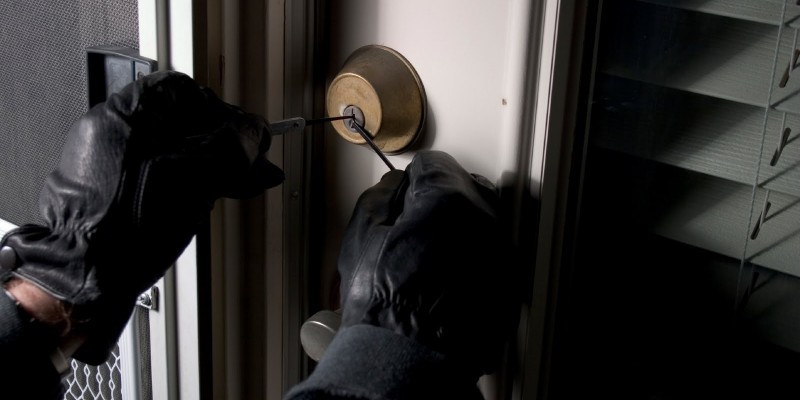For those who call a locksmith during an emergency, taking a critical look at the company that you are contacting tends to fall by the wayside. Here are some questions to ask when hiring a locksmith.
Are you licensed and insured?
Under British Columbia’s Security Services Act, businesses and individuals offering these services must hold a valid security license issued by the Registrar of Security Services. In addition, the locksmith company itself should have sufficient liability insurance. Abby Locksmith has WSBC coverage, and its locksmiths are certified.
Do you have a physical location?
If so, is it local? Many local locksmiths operate solely from their trucks. Others with an online presence may appear to be local, but are actually located elsewhere, subcontracting the work to area individuals. Abby Locksmith is a three-generation family business that employs Abbotsford specialists, and runs the only physical storefront location in Abbotsford.
For how long have you been operating?
As is the case with many technical areas, the length of time in the locksmith industry is directly related to depth of experience, level of professionalism, and ease of access to the widest range of security options. Abby Locksmith has been in business for over 20 years, and its team holds well over a century of experience among them.
What is your warranty period?
At minimum, a reputable locksmith offers a minimum warranty period of 30 days, to cover unintentional installation or hardware issues. In addition to honouring a two-year manufacturer’s warranty on hardware, Abby Locksmith offers two-year coverage on labour.
Do you have a professionally marked van or fleet?
Unmarked locksmith vans can cause worry to some customers, as the identity of the person at their front door can be cast into doubt. Abby Locksmith’s branded fleet vehicles are immediately recognizable, as are the technicians’ company shirts. We encourage customers expecting a visit from us to get to know their technician in advance, by clicking on our staff bios.



